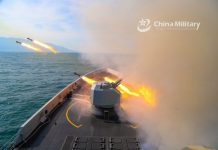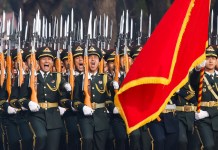The United States scored a significant victory when it convinced Argentina to buy second-hand F-16 jets from Denmark over the brand new JF-17 Block III aircraft co-produced by China and Pakistan. Now, Washington seems to be going after a space observation centre set up by Beijing in the country.
US President Donald Trump told Argentine President Javier Milei that he would not approve of any Chinese military activity in Argentina, Bloomberg reported.
“You can do some trade, but you certainly shouldn’t be doing beyond that,” said Trump during Javier Milei’s visit to the White House on October 14. “Certainly shouldn’t be doing anything having to do with the military with China, and if that’s what’s happening, I’d be very upset about that.”
The meeting came after US Treasury Secretary Scott Bessent promised extensive help for Argentina’s struggling currency and economy, aiming to bolster the libertarian Milei ahead of the country’s pivotal midterm elections scheduled for October 26.
Notably, the US President said that Milei would have to perform well in the nationwide polls to receive a $20 billion currency swap line.
“We’re not going to waste our time” if Milei’s party does not win, Trump stated, indicating that the assistance would depend on the continuation of economic policies favoring the current US administration.
Earlier, there were rumors that the financial assistance would rely on whether Argentina was willing to end a currency swap agreement with China. However, Bessent clarified that the financial lifeline to Argentina is not contingent on Milei’s government terminating its $18 billion agreement with China’s central bank.
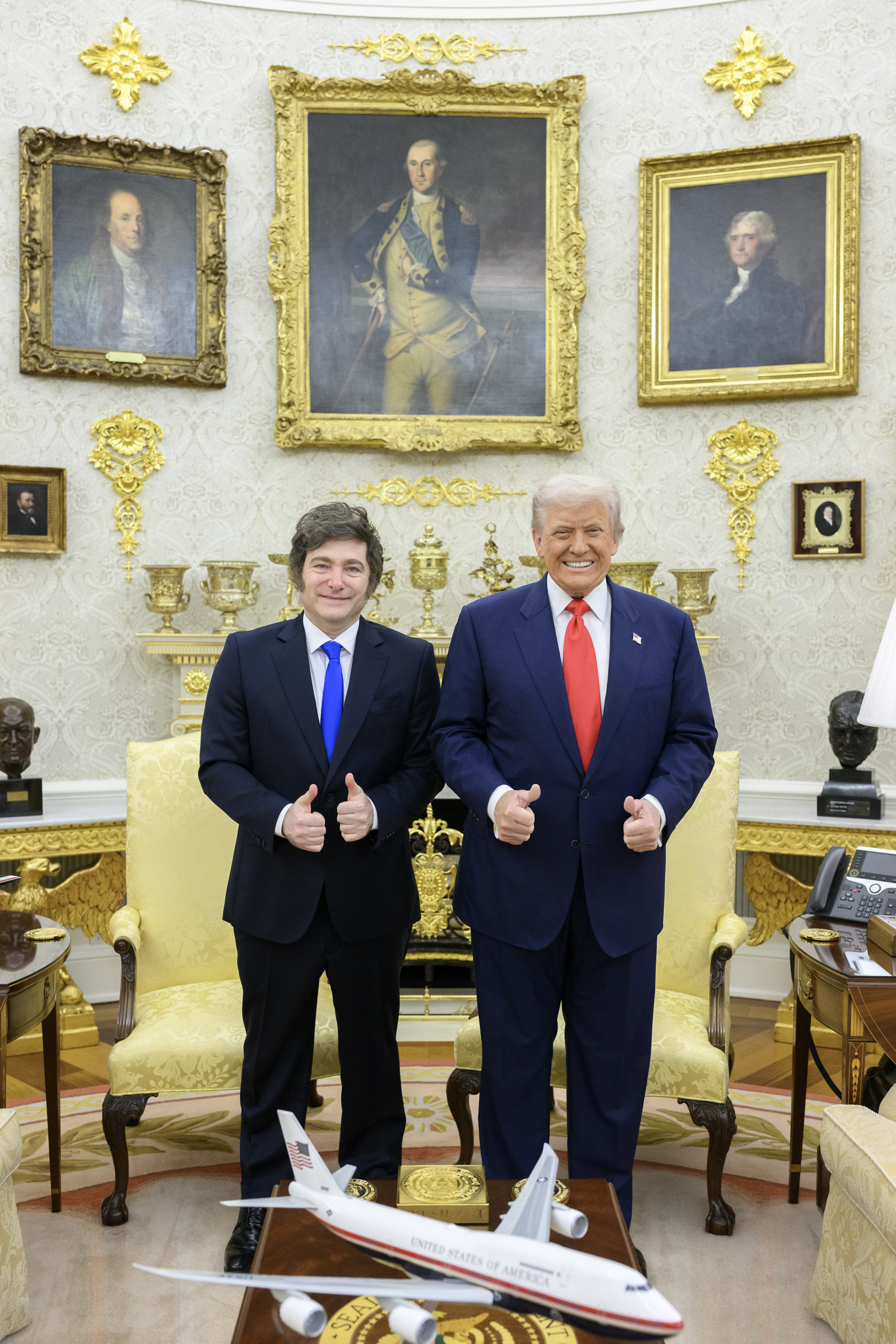
“I was referring more to ports, military bases, and observation facilities that have been created in Argentina.” However, in a rather contrasting position, Bessent stated in an interview with Fox News that Milei is dedicated to expelling China from the nation. This ended up triggering a row with the Chinese embassy in Buenos Aires, which responded to this assertion by accusing the US of “acts of hegemony and bullying.”
China’s growing investment in Latin America has alarmed the US because it is feared that this capital growth could lead to expanded influence, deeper military ties, and the establishment of infrastructure with dual-use applications in the region, which is considered the United States’ strategic backyard. Notably, China ranks as Argentina’s second-largest trading partner, only after Brazil.
As previously noted by the EurAsian Times, China has been making inroads into this strategic territory using the Belt and Road Initiative (BRI) and military influence.
Needless to say, the US is determined to throw a spanner in China’s way. And, it supposedly goes through Buenos Aires.
Driving Out China From Argentina
While China and Argentina traditionally maintained military ties primarily through arms sales discussions, space cooperation, and broader diplomatic engagements, Argentina has pivoted toward the United States and reduced its military cooperation with China since Javier Milei came to power in 2023.
Trump’s opposition to China’s military activity in the region, along with Bessent’s emphasis on “ports, bases, and observation facilities,” seems to point towards the Chinese space observation center in Argentina’s Patagonia region, as also noted by the Bloomberg report.
In 2012, Argentina’s former leftist government gave China the 50-year rights to construct a 494-acre space observation centre in the Patagonian province of Neuquen. The former Argentine President Alberto Fernandez renewed a joint venture agreement with Beijing to collaborate on space exploration.
The Espacio Lejano Station, located in the Bajada del Agrio area of Neuquén Province in Patagonia, is a Chinese-operated deep space tracking facility. It became operational in 2017 and features a 35-meter parabolic antenna capable of deep-space communications.
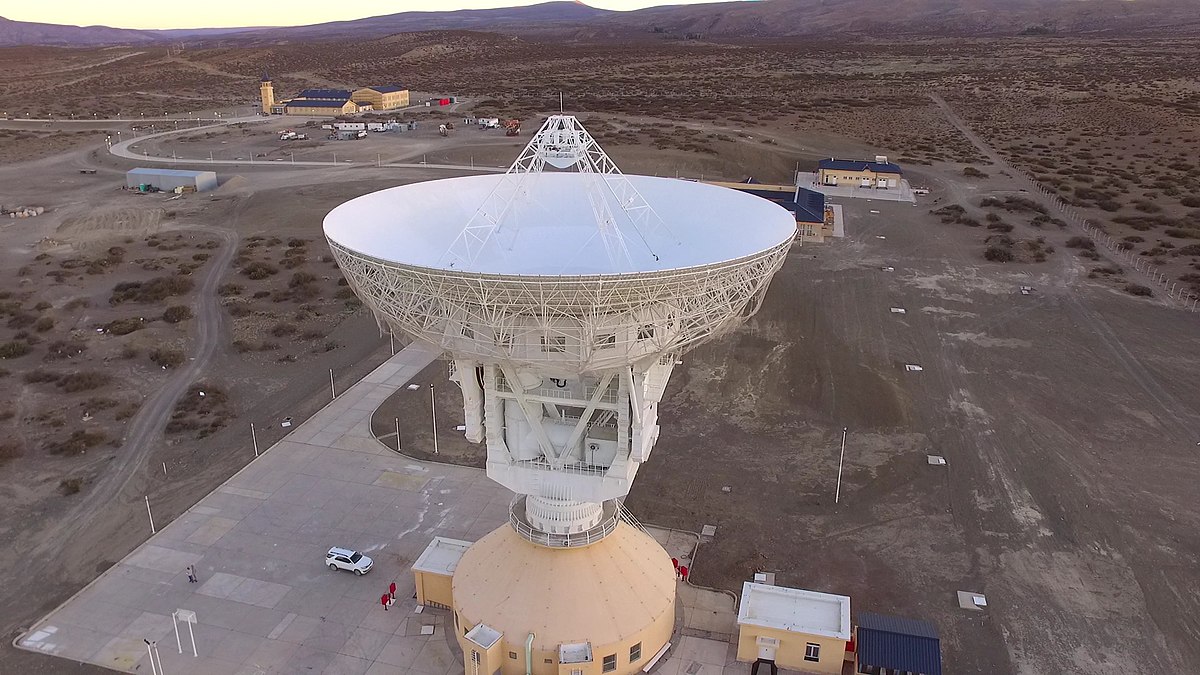
Officially, it supports China’s civilian space program, including lunar exploration missions like the Chang’e series, by providing satellite telemetry, tracking, and command capabilities in the Southern Hemisphere. However, its operations are managed by the China Satellite Launch and Tracking Control General (CLTC), which is believed to fall under the People’s Liberation Army (PLA) Strategic Support Force, raising suspicions.
The United States has consistently expressed opposition to the station, viewing it as part of China’s broader strategy to expand military influence in Latin America and enhance global surveillance capabilities—a red line for the United States.
Past US administrations have accused China of conducting covert military activity at the station. For instance, the 2022 US report highlighted China’s growing space infrastructure in South America, including Neuquén, as a security concern.
Separately, in April 2024, US Southern Command (SOUTHCOM) Commander General Laura Richardson warned during a visit to Argentina that the station enables PLA “global tracking and surveillance,” urging Buenos Aires to monitor it closely. This sparked diplomatic tensions, with China accusing the US of “Cold War mentality” and interference.
The US had also implored the Argentine government to inspect the site. The lingering concern is that these facilities may track or interfere with US and other partner satellites.
Shortly after Trump’s comments to the Argentine President, Patricia Bullrich, Argentina’s security minister, denied that there had been any talks concerning the space station in particular. “There were inspections, there are inspections, there’s an active policy by the government on this, but it didn’t advance more today,” Bullrich told reporters. “Nothing was spoken about in concrete terms.”
For decades, China has invested hundreds of billions of dollars in building critical infrastructure such as ports, roads, and power plants, which many view as an attempt to gain power and influence in the region. The United States has consistently warned Latin American countries about the risks of participating in China’s Belt and Road Initiative (BRI), emphasizing concerns over debt traps, sovereignty, transparency, and strategic influence.
There is concern that a growing footprint of the Chinese military in its backyard would become a direct security challenge to the United States. Notably, while China does not have a military base or naval facility in the region, the US fears that even ports and arms sales would threaten the status quo.
Over the years, China has emerged as a supplier of military equipment to Latin American countries, especially those with strained US relations or seeking affordable alternatives. However, the equipment transfer has remained relatively limited to Argentina, which now overwhelmingly leans towards Washington.
Although China’s NORINCO had offered the Argentine Army its 6×6 WMZ-551B1 armored vehicles, Buenos Aires declared in 2023 that Brazil’s Iveco 6×6 Guarani armored personnel carriers (APC) had been chosen for the competition.
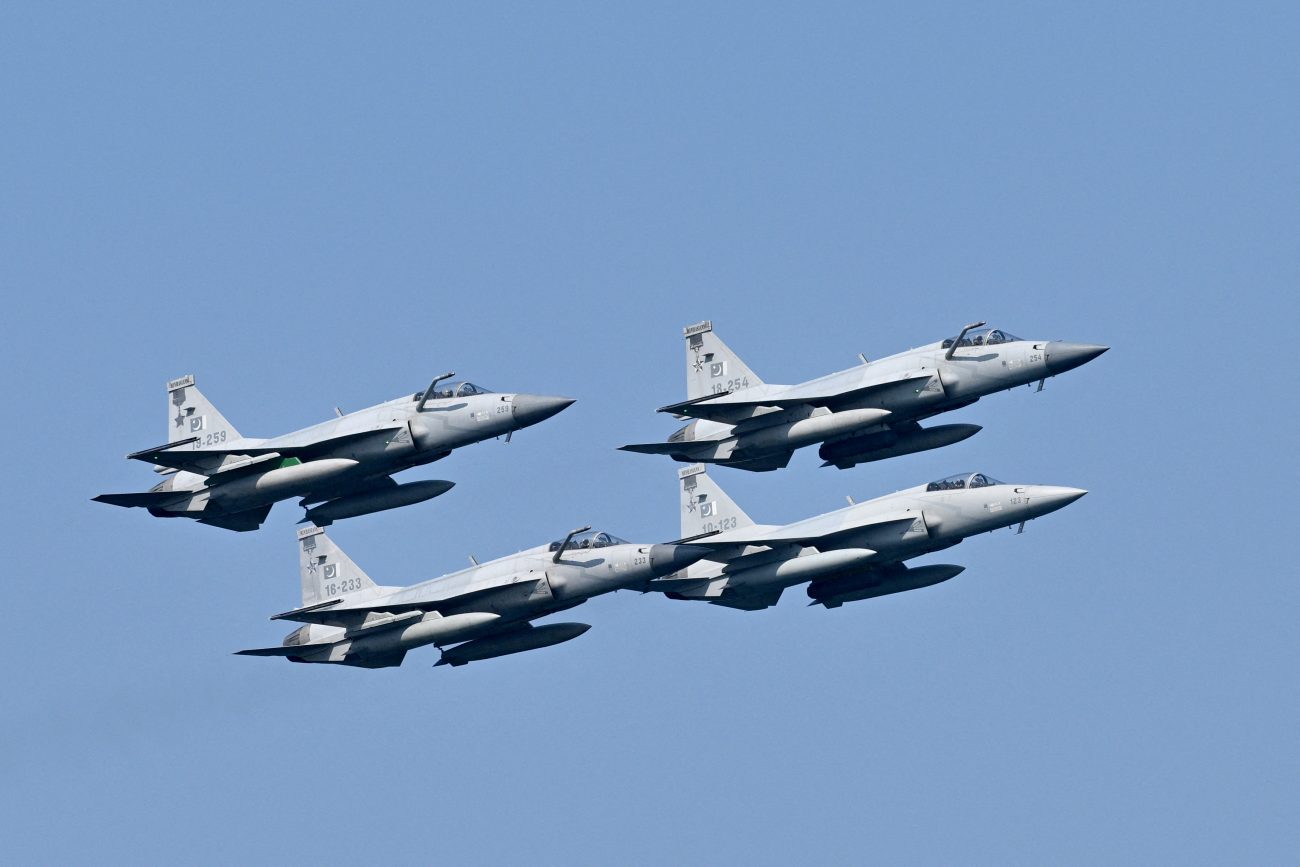
Similarly, China had offered the JF-17 Block III fighter jet, developed in collaboration with Pakistan, to Argentina. China was optimistic about a potential acquisition since the JF-17 Block-III variant offered to Argentina has advanced avionics, electronics, flight control systems, an active electronically scanned array (AESA) radar, and the capability to fire long-range Chinese air-to-air missiles.
However, fearing that Argentina would buy Chinese aircraft, the US stepped in and offered its F-16 fighter jets. In the end, the US lobbying and diplomatic offensive won, and Argentina chose second-hand F-16s from Denmark.
Trump’s clear opposition to Argentina’s links with the Chinese military is part of a larger effort to keep Beijing at bay in their great game competition taking place in the Latin American region. Earlier, for instance, Trump trained his guns on Panama, saying that he would take the Panama Canal back, over concerns of Chinese military presence there.
The pledge to support Argentina’s economy, with the caveat of Milei winning, is all aimed at keeping the country under Washington’s shadow. While Milei will likely pursue a pro-Washington foreign policy, his opponents could seek to strengthen relations with China.
- Contact the author at sakshi.tiwari13 (at) outlook.com
- Follow EurAsian Times on Google News

